Tellurium Q System Enhancement CD
ATTENTION: Tellurium Q products can only be shipped in Italy, for this reason orders received from abroad will be canceled.
Most music follows a form that can be calculated with a fourier transform analysis and time frequency analysis indicating it is not random, which simply means that your system can get into a “rut”. Like going to a gym and training only a few specific muscles for years and then wondering why your body is out of balance. This recording takes your system through a full workout of frequencies and tonal changes that is specifically designed to stretch your system’s components and bring new life into your music.
We place equal importance on all frequencies and even go into deep bass in a way that sub woofers will benefit from while working up through mids into the upper high frequency ranges in a non-sequential , non- Fourier way. There are also no pure ratio intervals to allow your system to slouch while it is having its work out. This is also one of the prime reasons that music played normally is slow to burn in components compared to this tool. Music does not cover your system’s range in a way that exercises the components sufficiently in a mechanical, electronic and magnetic sense to burn in your various components as efficiently.
What Is On The CD
Track one (1): A quick check that your cables are working and installed correctly and a pre check of your speaker drivers.
Track two (2): The main burn in track, while you can play the whole recording in a loop repeatedly this is the main burn in track for new components in your system.
Track Three (3): A rapid yoga session for your system to wake it up and inject a little life in to your music.
Already getting more incredible feedback from customers using the new system CD and we are blown away by the response, and we have virtually sold out of our latest batch!
This is what a customer in Poland told us:
"This is just to let you know that I finally got the CD yesterday. I must say that after playing the whole CD just once, my entire system (not only Ultra Blacks) has improved dramatically. Your product is absolutely brilliant. (By the way, I used burn-in CDs by two well-known British companies for extended periods of time, but they are nowhere near as good.)"
Jerzy from Poland
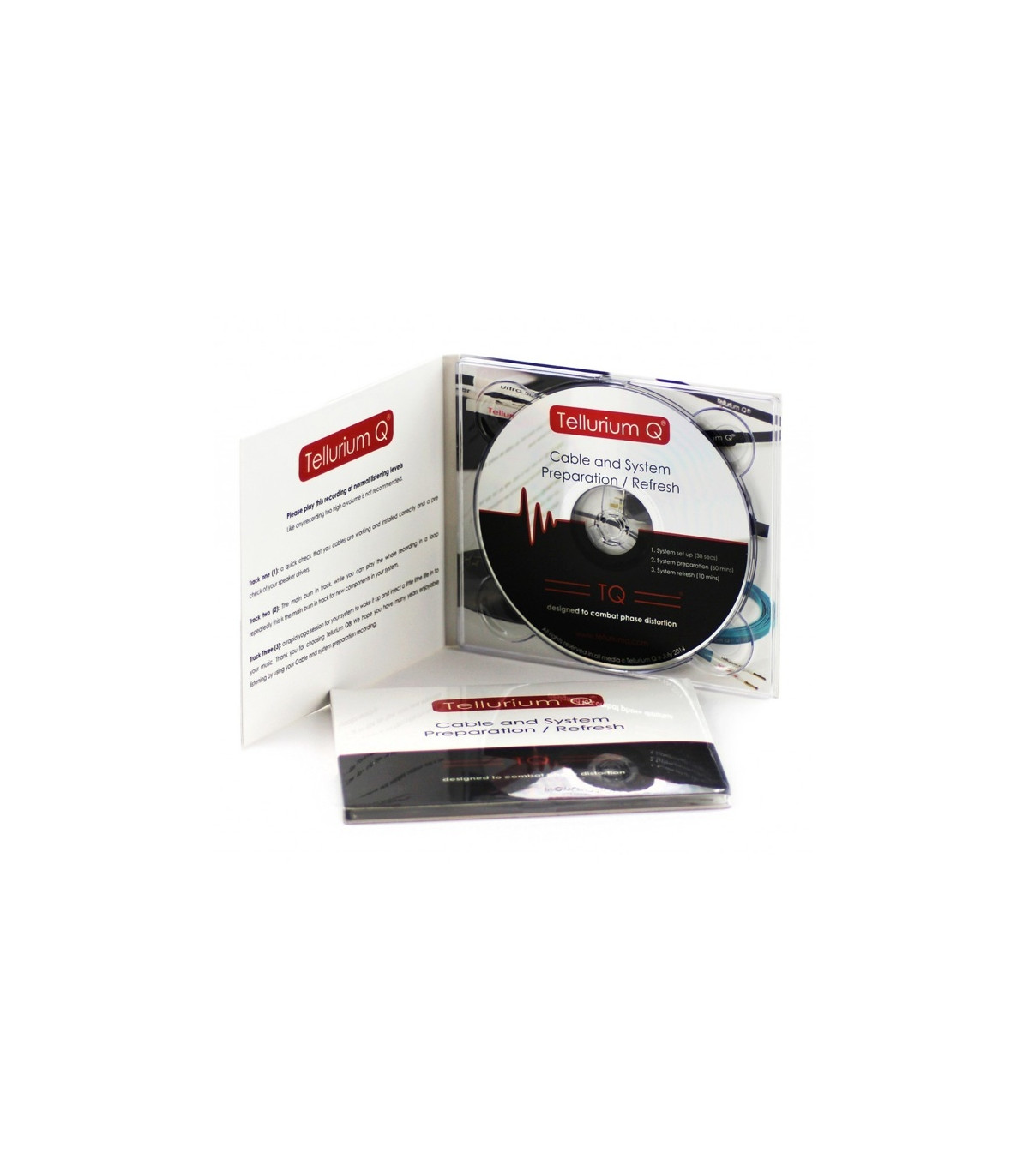





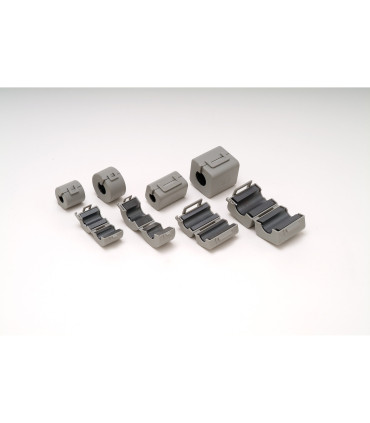

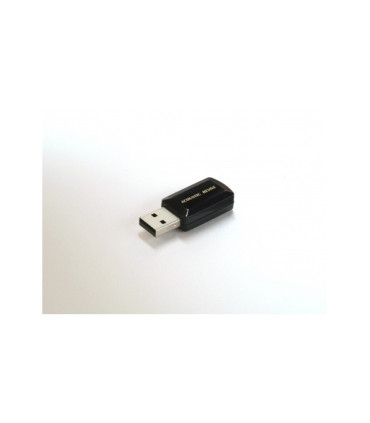
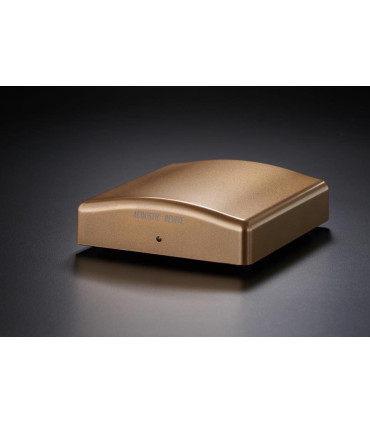
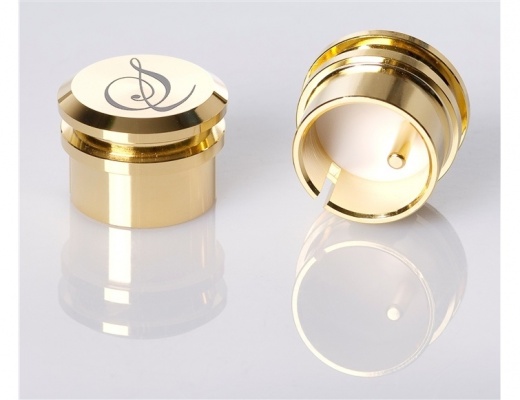
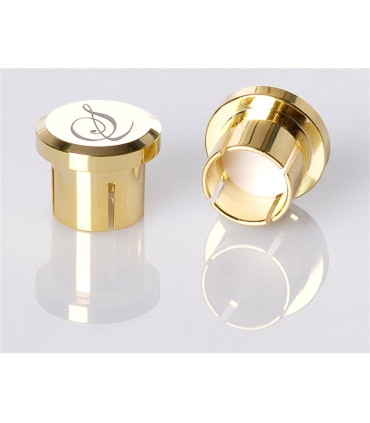
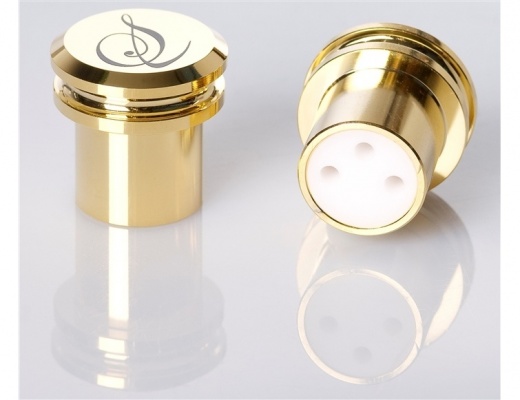
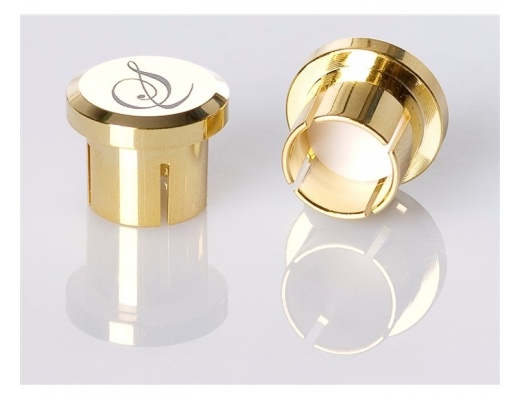
![Acoustic Revive RAS-14 (3) AC Stabilizer [2nd hand]](https://www.playstereo.com/24435-home_default/acoustic-revive-ras-14-3-ac-stabilizer-2nd-hand-.jpg)
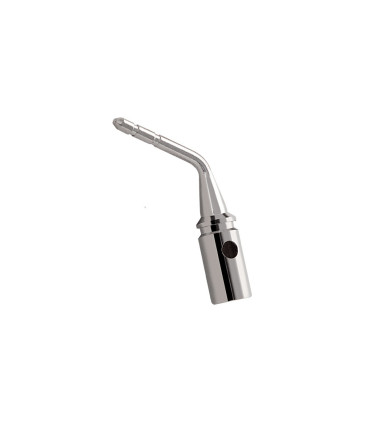
![Acoustic Revive BWA-4 Bi-wire adapter (pair) [b-Stock]](https://www.playstereo.com/23980-home_default/acoustic-revive-bwa-4-bi-wire-adapter-pair-b-stock-.jpg)
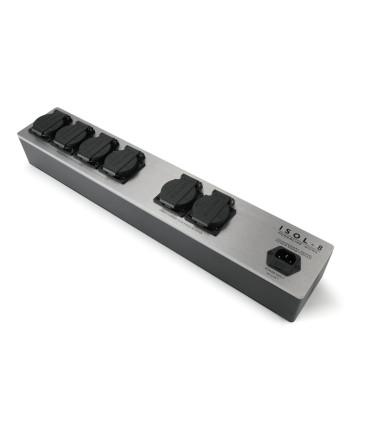
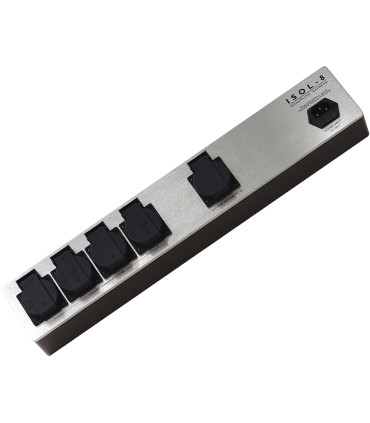
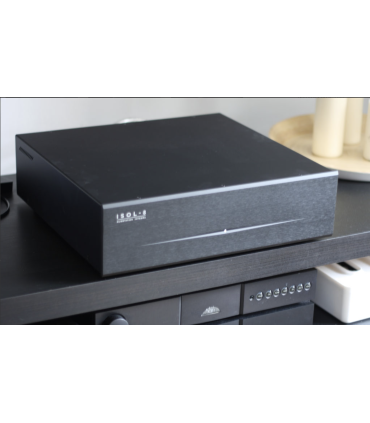
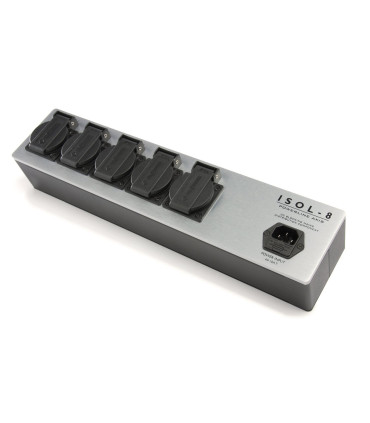

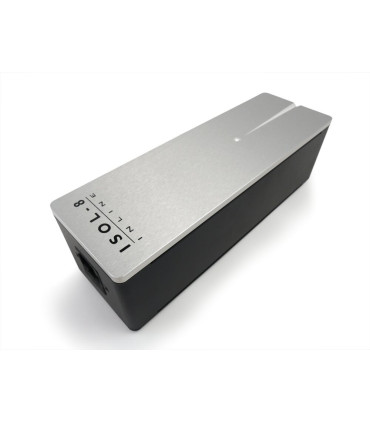


















Leave a review